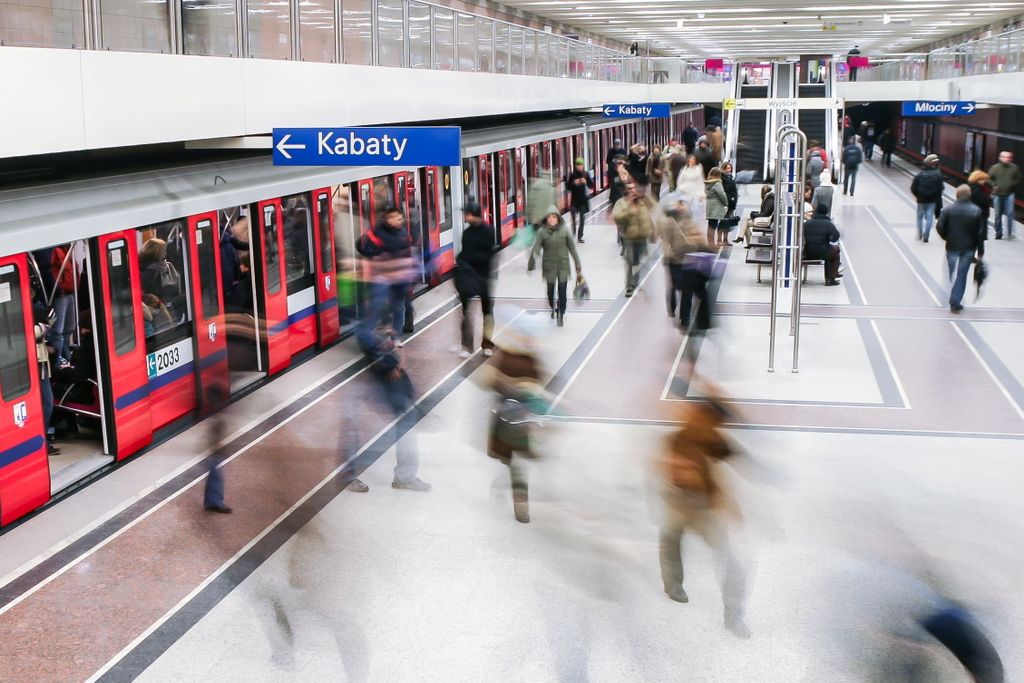
No passenger left behind: Co-creating accessible public transport
A new approach to designing mobility solutions free of barriers
The European Commission’s Sustainable and Smart Mobility Strategy has highlighted important areas for making the EU’s transport vision a reality. One aspect of this focuses on ensuring equality of access for all passengers as part of new mobility systems.
Within the EU, there are many positive examples and initiatives being deployed by the public transport sector, but often they continue to fall short on users’ expectations. If they are unhappy or are still unable to access the service, then they simply will not use it.
For users, accessibility remains a door-to-door issue. Cities and transport networks have been focusing their efforts on certain aspects of improving accessibility, such as vehicle fleets with low floors. However, other elements remain largely unaddressed, making the end-to-end journey inaccessible. Only by working with users can the public transport sector truly identify the key barriers, prioritise innovation opportunities and design the systems that can provide mobility for all.
This Project Brief provides a snapshot of the exemplary work from the EU-funded project, TRIPS (Transport Innovation for Persons with disabilities needs Satisfaction), which focused on a new approach to designing transport systems free of mobility barriers. The content is a summary of the proposed Industry Roadmap, which describes the industry and policy recommendations for adopting citizen-driven mobility innovations as standard industry practice.
exclusive resources












